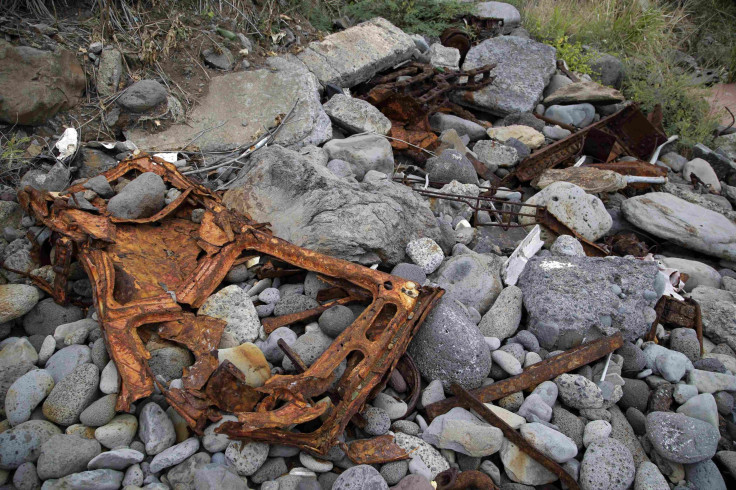Missing Flight MH370: How Flaperon Will Shape Investigation For Malaysia Airlines Plane

Investigators confirmed Wednesday that the portion of a wing that washed up last week on an island in the Indian Ocean had indeed come from Malaysia Airlines Flight 370. The world has eagerly awaited any clues that could reveal what happened to the Boeing 777, which was en route from Kuala Lumpur, Malaysia, to Beijing when it vanished without a trace, with 239 passengers and crew members on board. But it could be a long time before any real answers emerge.
In an announcement Wednesday confirming that the wing piece, known as a flaperon, had come from MH370, Malaysian Prime Minister Najib Razak could offer little information about what had happened to the plane. Instead, he noted, "We now have physical evidence that, as I announced on 24th March last year, Flight MH370 tragically ended in the southern Indian Ocean."
The conclusion that MH370 landed in the ocean, as was suspected, might seem foregone, but for investigators, it was the first piece of physical evidence that proved such a suspicion. The revelation could help to narrow investigators' search as they continue to work on the mystery of the missing plane.
Now, authorities and investigative teams can develop modeling based on ocean currents and flows to trace the path of the wing piece. "They should draw some sort of computer-generated simulation to see the possible crash sites in the Indian Ocean," Capt. Datuk Nik Ahmad Huzlan Nik Hussain, a former pilot for Malaysia Airlines, told Bernama, a Malaysian news site. That could generate information that could help narrow the search for more debris.
Investigators also could continue to run tests on the flaperon that could show how the crash occurred, such as whether it crashed into the ocean at a specific angle, or if an accident occurred midflight, Mohammad Suffian, a professor at University Kuala Lumpur, told Bernama. For example, the wing could have been torn off the plane in midair, other experts suggested.
Experts nevertheless cautioned that the process of gaining clear answers as to what happened to MH370 would be a tedious one. Some said the wing part would ultimately reveal little about MH370's final moments.
"It really is not going to tell us too much about the final moments of the aircraft," Geoffrey Thomas, of AirlineRatings.com, told CNN. Mary Sciavo, a CNN aviation analyst, echoed that point. "They'll probably not be able to tell why the plane went down -- only that it did, and the manner in which it did," she said of investigators who were looking at the flaperon.
If investigators really want to know what happened to the plane, they will have to recover the black boxes, which record flight data.
© Copyright IBTimes 2024. All rights reserved.






















